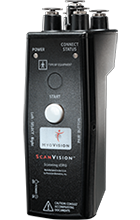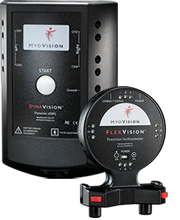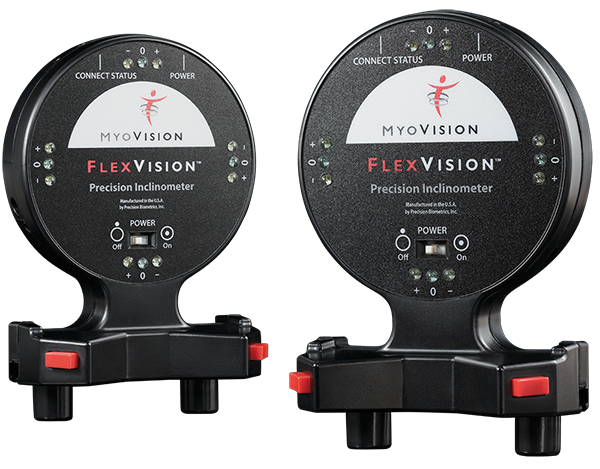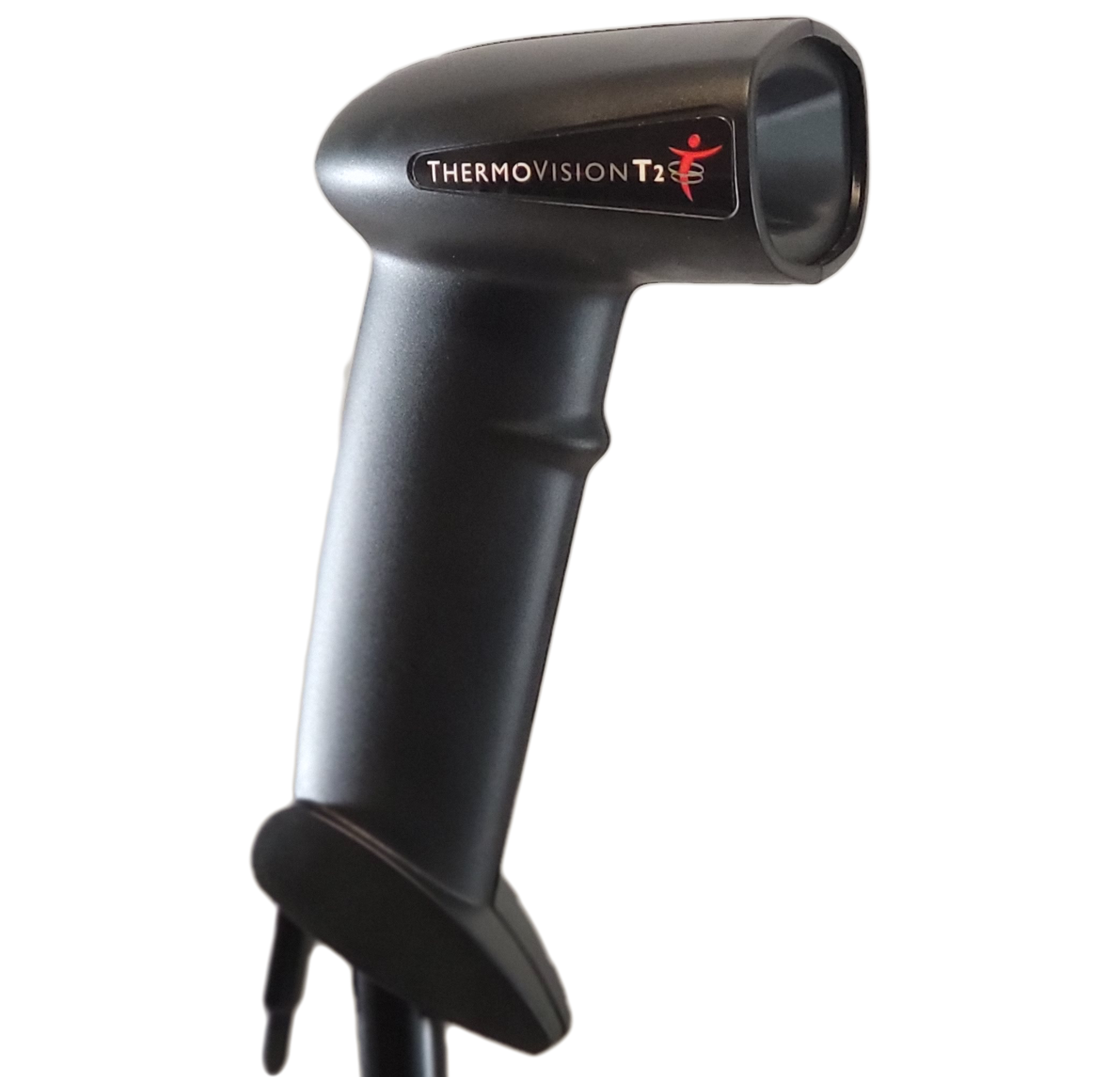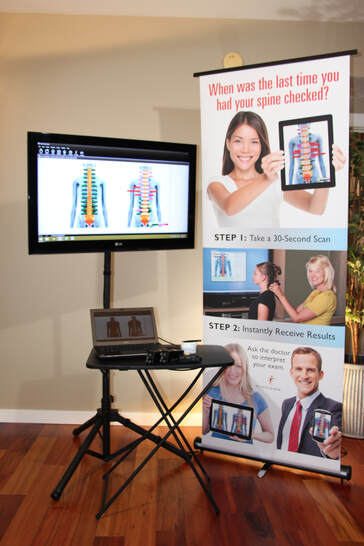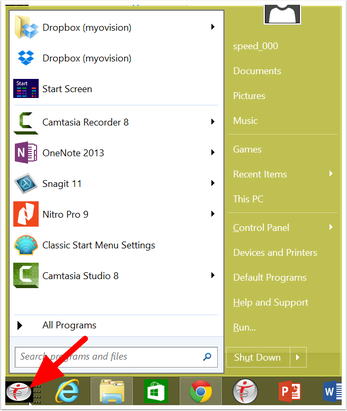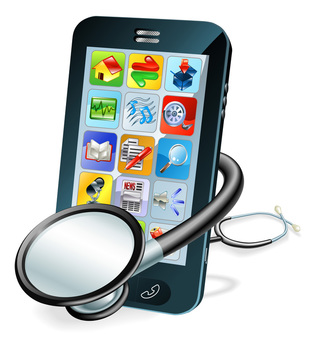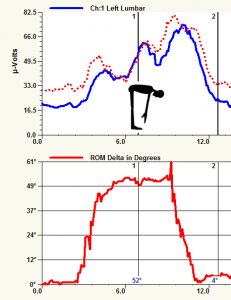MyoVision Blog
Screening 101: Tips and Tricks
We all know screenings are a very effective way to gain new patients, and using the MyoVision software makes it that much easier. Here are some tips and tricks to get the most out of…
How to get the Start Button back in Windows 8
OK, so now that Windows 8 has gotten pretty stable, the only thing which annoys pretty much everyone is the fact that it takes SO much longer to do everything without a Start button. Having…
Cover Your Assests
By Nancy Miggins, DC & David Marcarian, MA The current healthcare ecosystem mandates efficiency and objectivism. The requirements to document, bill third party payors and actually get paid are becoming increasingly more rigorous and laborious….
Turn Patients Smartphones into Genius Phones with Spinal Specific Marekting
Written by David Marcarian, MA and Nancy Miggins, DC As the original Chiropractic “Technogeek”, I feel obligated to make the lives of Chiropractors easier and more productive through the use of technology. One age-old issue…
Objectify Your Bottom Line
Many Chiropractors find their way into the profession because they have had a positive, life-changing experience with Chiropractic. It is a profession where miracles, great and small, happen on a daily basis. Few Chiropractors, however,…
Digital Domination
Businesses across the board are changing their marketing strategies to focus on utilizing technology and social media platforms. The apparent benefit is that they can read the minds of their customers and study the specifics…

